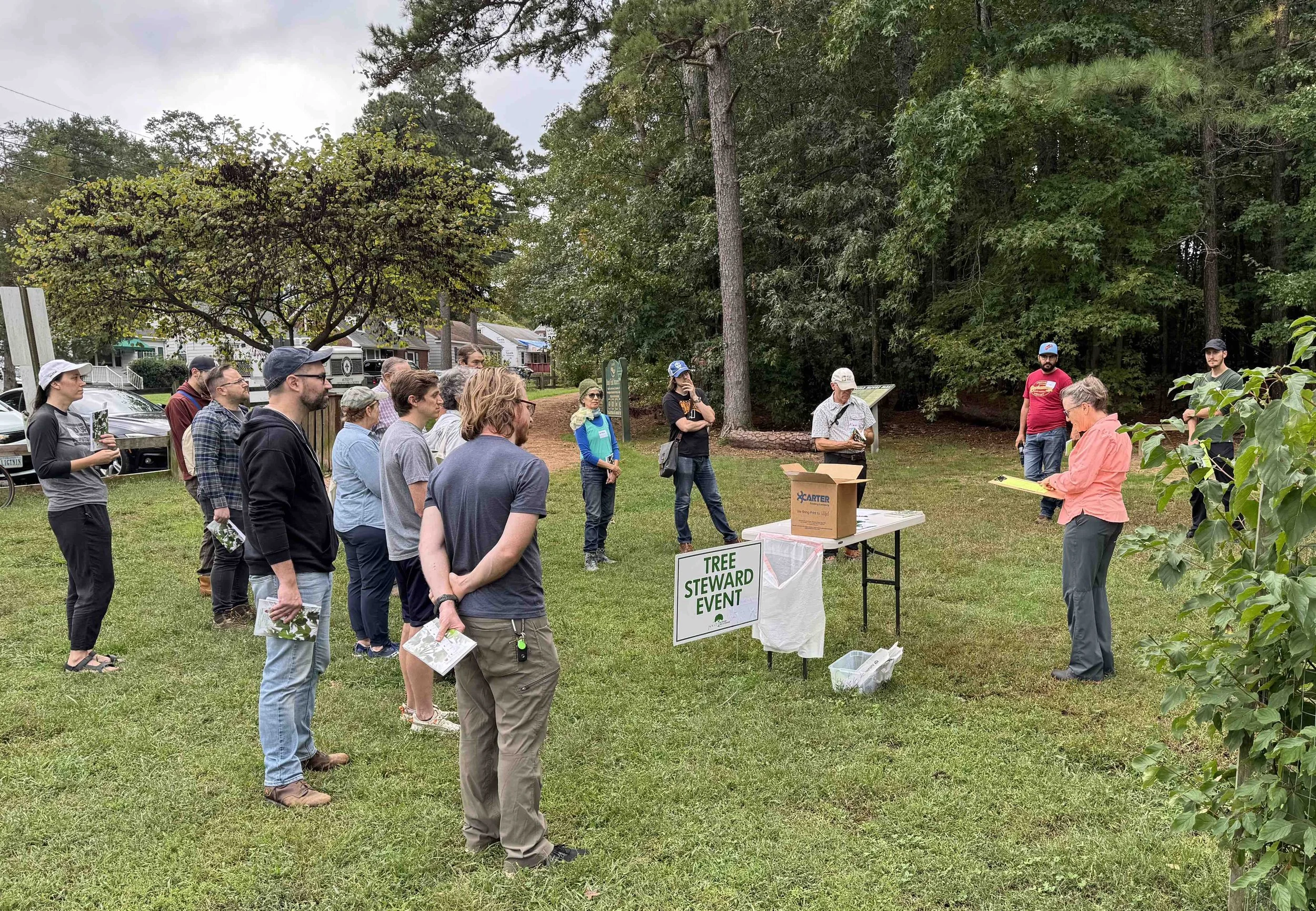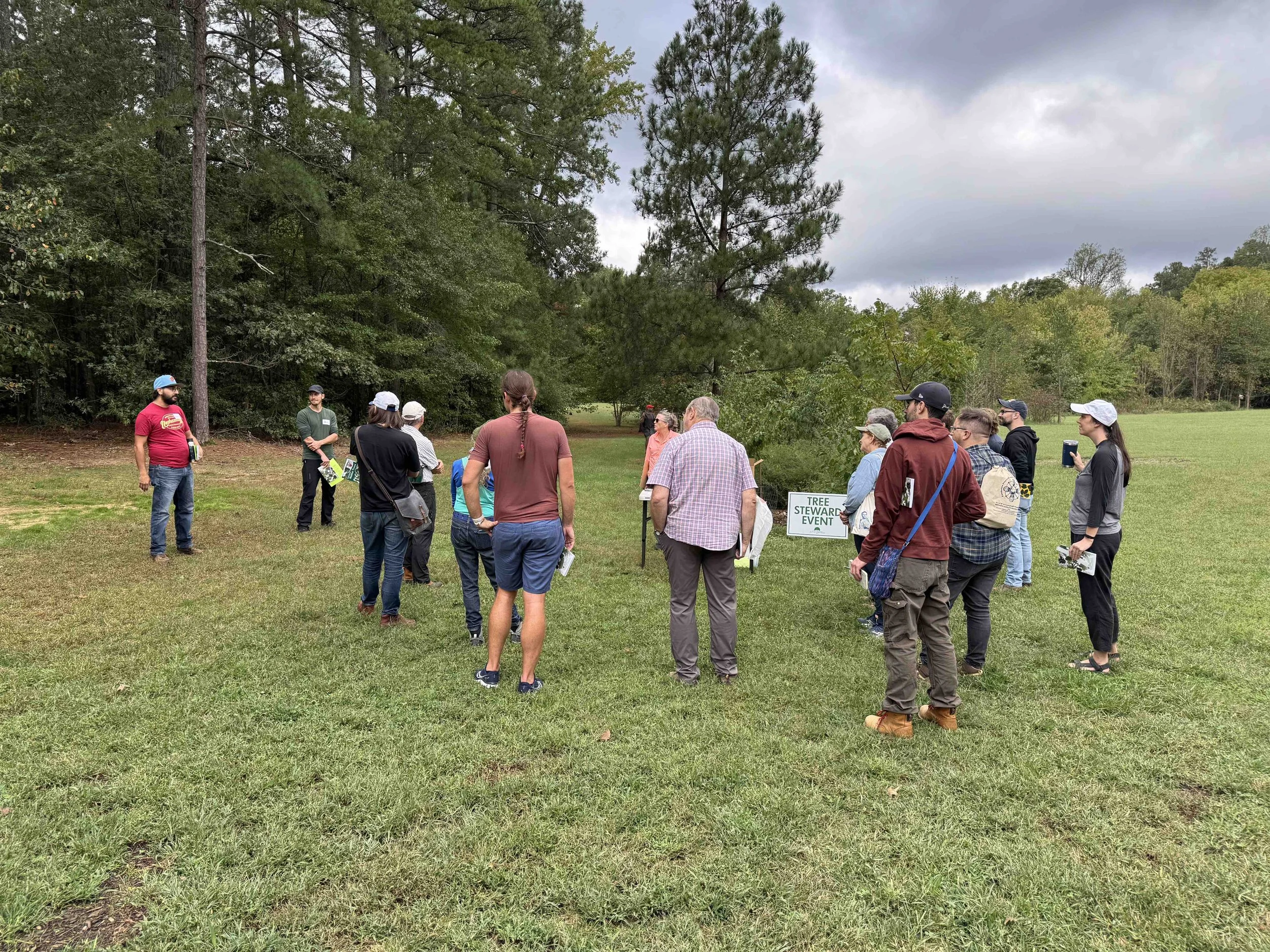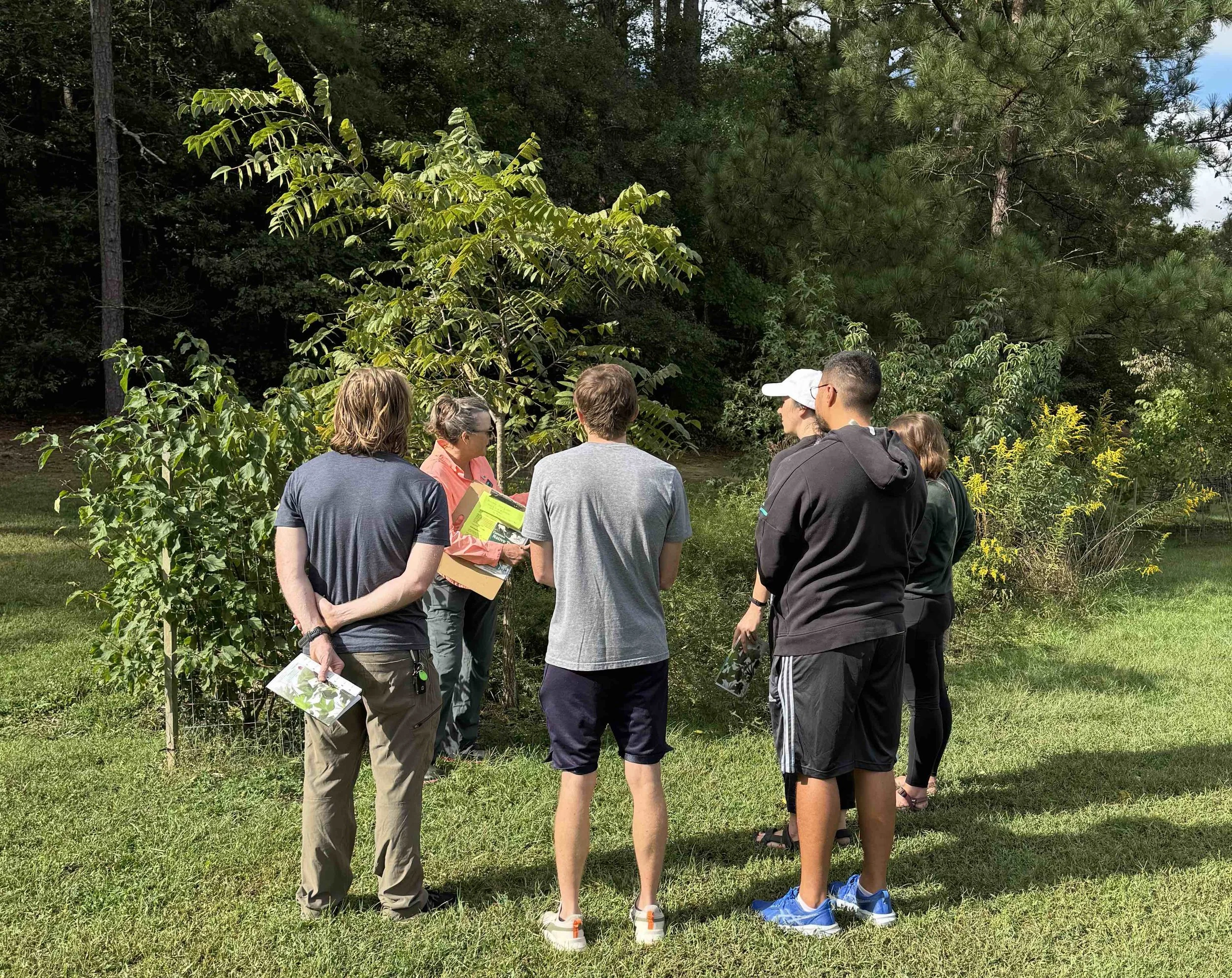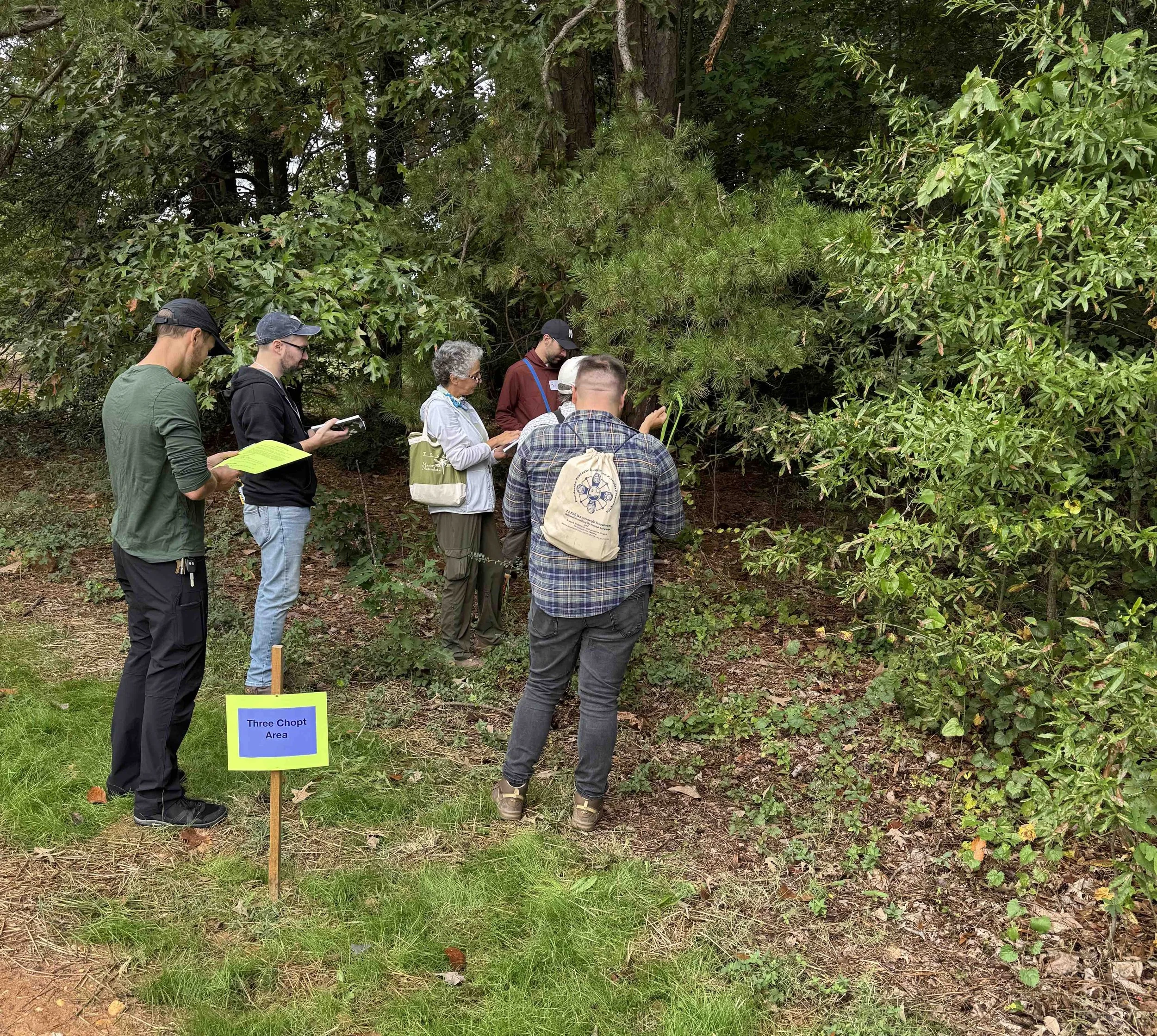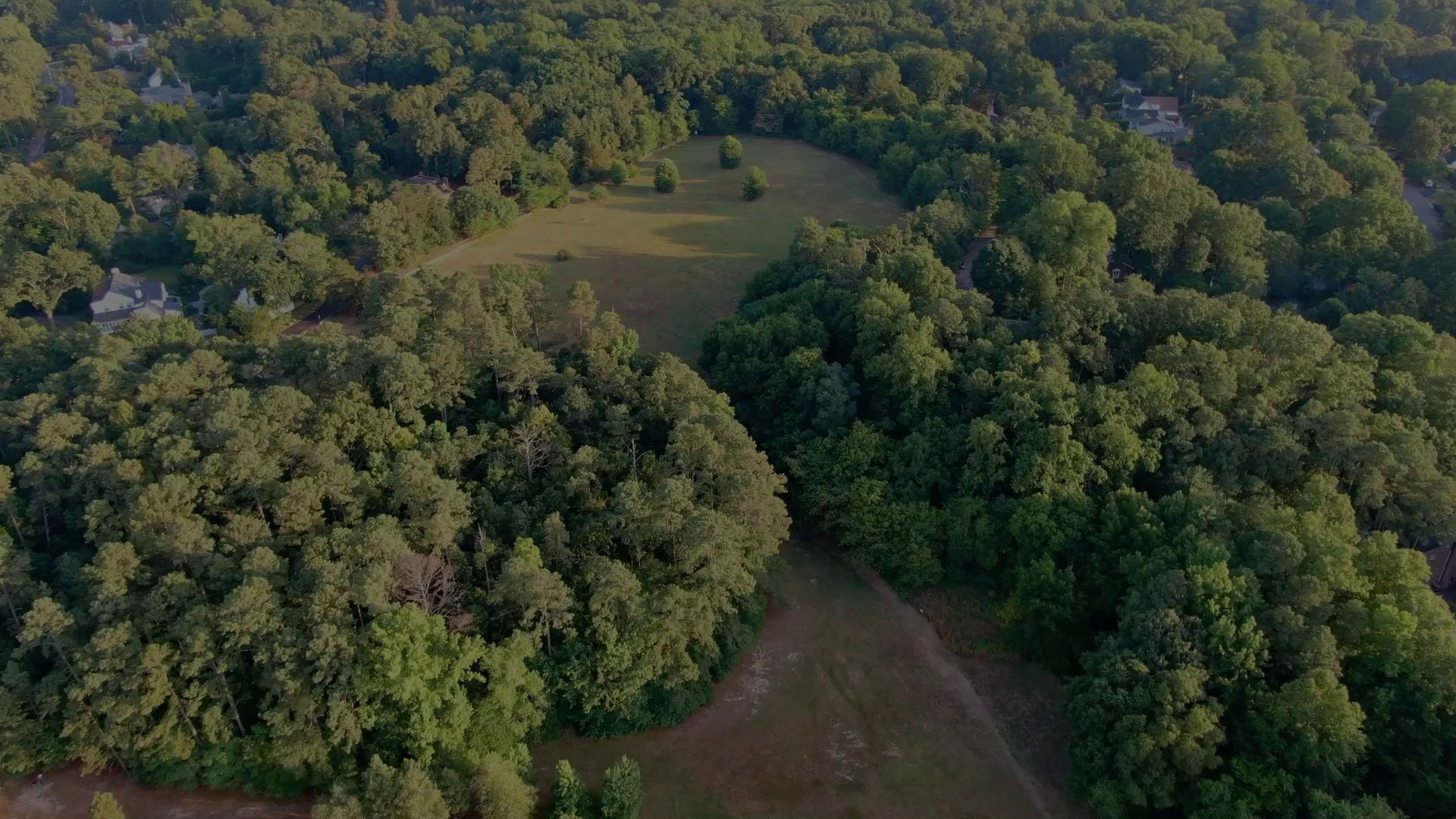
Friends of Bandy Field Nature Park
So much accomplished on the Nov. 1st & 2nd volunteer days!
Big turnouts, big results!
A total of 46 volunteers turned out on Saturday morning and 27 turned out on Sunday afternoon.
On Saturday morning, volunteers exceeded all expectations by loading and hauling more than 60 yards of arborist wood chips in an effort to smother invasive English ivy and wintercreeper vines in the Enchanted Forest area.
On Sunday afternoon, volunteers cut up and hauled out more than a 100 wheelbarrow loads of invasive debris (wisteria, privet, etc.) that interfered with our access to planting native trees in our reforestation effort — for more information on the reforestation project, click here.
Over the two days, members of the Weed Warrior group planted 65 native trees and woody shrubs in the reforestation area.
Many thanks to:
all the volunteers for their hard work including Tuckahoe District County Supervisor Jody Rogish who volunteered Saturday morning;
the Virgina Department of Forestry for the grant to fund the reforestation effort;
the Martin Family Foundation which awarded FOBFNP a grant to augment the grant from the Virginia Department of Forestry which allow us to acquire significantly more plants including some larger trees and bushes as well as woodland perennials/groundcovers and expansion of the planting area beyond the original half-acre area.
Members of the 2025 Richmond Tree Steward training class gathered at the park on Sunday Sept. 30 for a Tree ID Lab
Morning and afternoon sessions were held where trainees honed their ID skills and learned about the diversity of trees at BFNP








